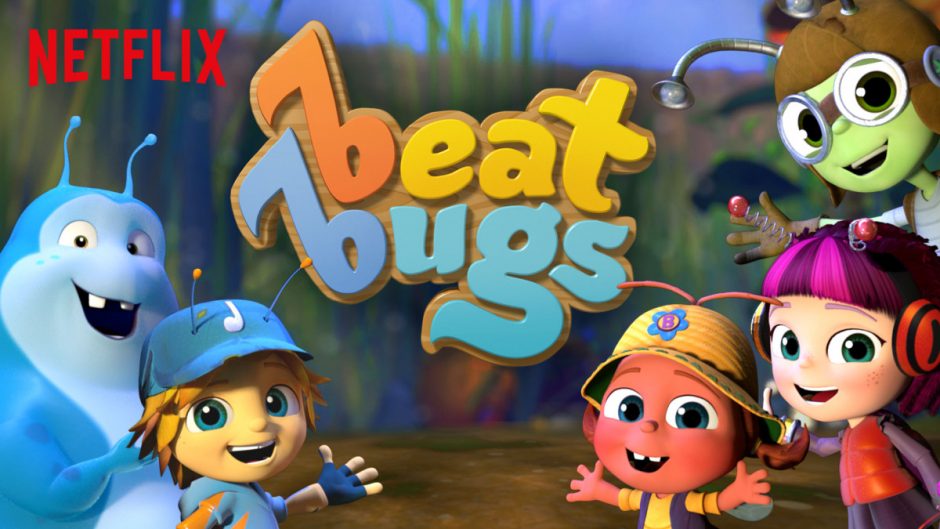
Phil Birchenall, K7 Media’s projects director, gives his take on the boom in SVOD services aimed at children and the impact they are having on programming.
What has prompted the surge in the number of new SVOD services aimed at children this year?
It’s been interesting to watch. To me, the growth is down to a couple of factors. For those with their own much-loved catalogue of kids’ content – the likes of Disney with DisneyLife – it makes perfect sense to go direct to audiences. Running the numbers, £9.99 [US$13.33] per month for most of the Disney archive isn’t that bad a deal; you could easily burn through that kind of money picking up DVDs of Frozen or The Aristocats, if you’ve got a child who is obsessed with the brand. I speak from personal experience.
Another development that is driving interest is the investment by Netflix and Amazon in original kids’ shows. For them, the investment in children’s content, original and archive, is a classic customer retention exercise. If you’ve finished watching Stranger Things and you’re wavering about cancelling, ultimately it’s not really your decision. Taking away unlimited access to Ben & Holly’s Little Kingdom and Paw Patrol isn’t going to go down well.
To me, that’s where the investment in originals comes in. Netflix, Amazon, Hulu et al are banking on creating their own Peppa Pig, a perennial show that you just can’t get anywhere else. They have the budgets to throw at shows. It’s no surprise, therefore, set against this backdrop, to see newcomers launching into the space.
Can the market sustain the increasing number of SVOD services aimed at children, or will we see some casualties?
I doubt this segment can sustain the number of platforms targeting kids alone. It’s the exclusivity that locks subscribers in. If I can get Clifford the Big Red Dog on Netflix, but then it’s available on a kids-only SVOD too, I’m unlikely to stump up more money for a subscription. But if that kids-only SVOD service has the exclusive rights to Rusty Rivets, I might be tempted, if only for a quiet life. However, I seriously doubt some of the newcomers have the budgets to create those big exclusive shows.
What could some of the big programming trends be among SVOD services in the years ahead?
The lines will continue to blur between the content children are ‘watching’ and ‘playing.’ We’ll see more brands make the leap from kid-focused apps into series for the SVOD platforms. Kids won’t see the line between an app and a show in the way we do.
Look at Ask the Storybots, which launched on Netflix in August. Storybots started out in 2012 as a kids’ educational app. Users got to see themselves as part of the action thanks to some clever tech that superimposed their images on the characters.
Fast forward to 2016 and the Storybots crew have been ported into a similarly informative show for youngsters, who can still be a part of the show by sending in their photos and questions. The characters featured in Toca Boca and Sago Mini’s cute preschool apps are just ripe for getting the cartoon treatment – and indeed full merchandising exploitation – so it’s no surprise that the canny folk at Spin Master have acquired both.
Has there been a break-out hit show exclusive to an SVOD service yet, and if not why?
One marker of an SVOD original hit has to be whether it gets a second season and the kind of shows that follow in its wake. So just weeks after launching on Netflix, Beat Bugs received a second-series order after neatly using The Beatles’ catalogue to win over kids and parents alike. Shortly after that came the announcement that the team behind Beat Bugs is working on an as-yet untitled project inspired by the Motown era. The show will also launch on Netflix and will feature classic music from the likes of Marvin Gaye, The Temptations and Stevie Wonder.
This article first appeared in an edition of C21’s MIPCOM 2016 Daily
